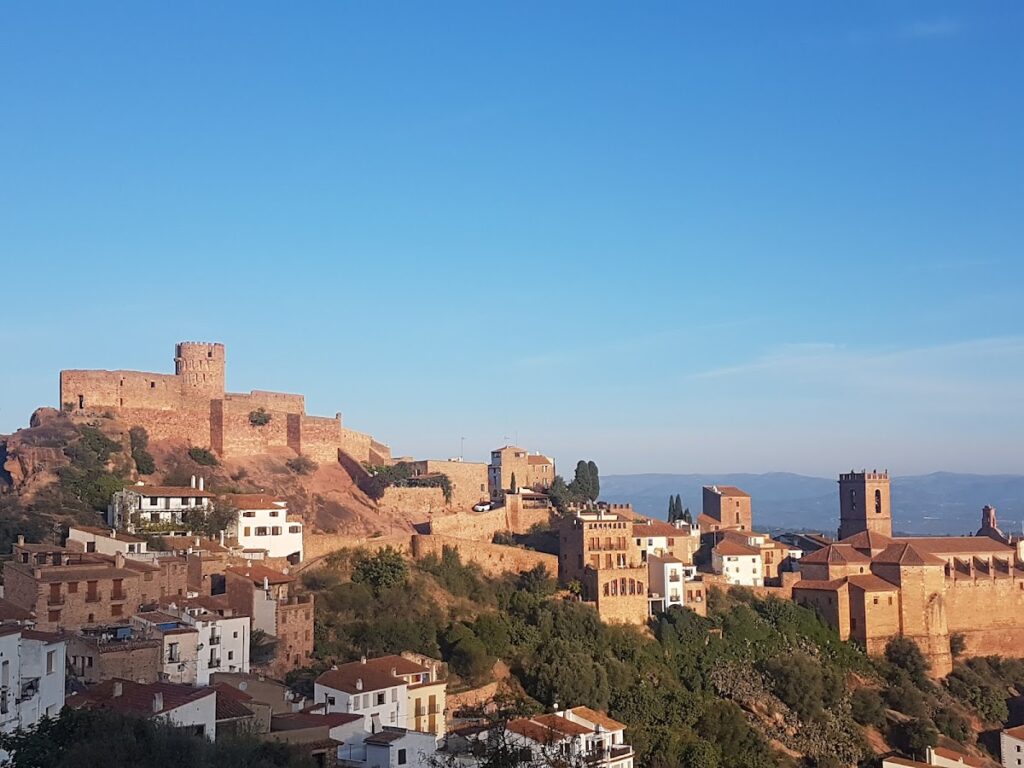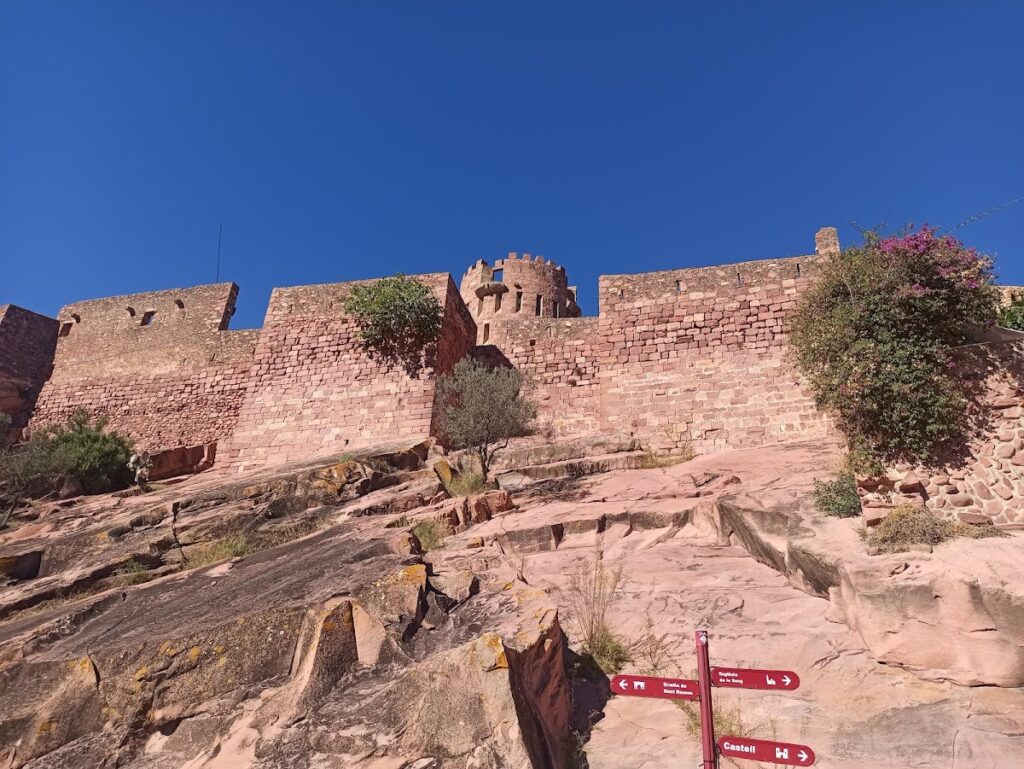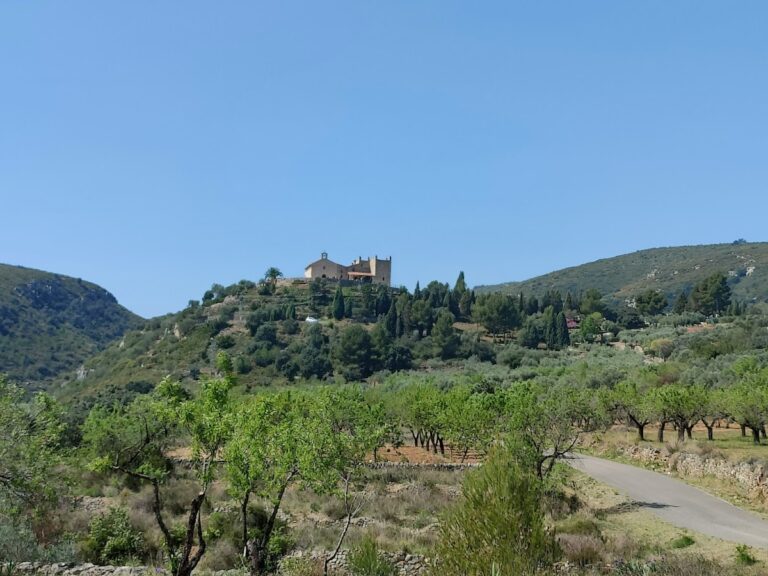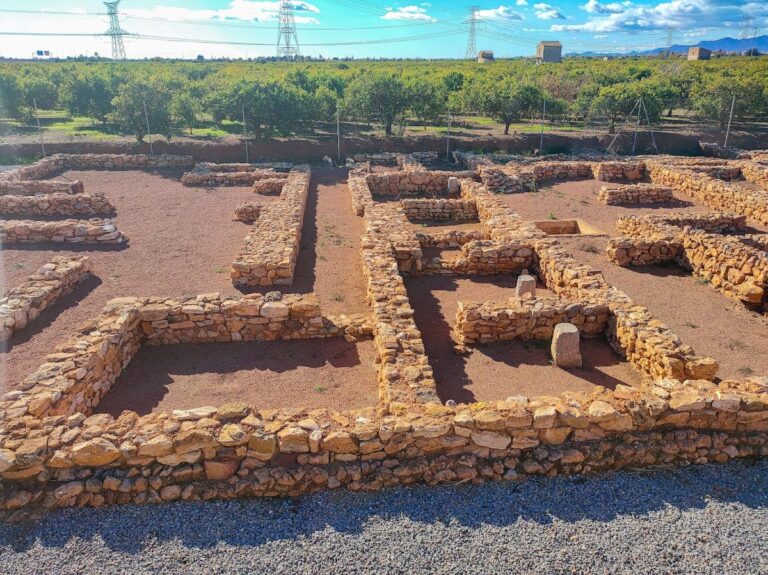Castell de Vilafamés: A Historic Fortress in Spain
Visitor Information
Google Rating: 4.5
Popularity: Medium
Google Maps: View on Google Maps
Country: Spain
Civilization: Unclassified
Remains: Military
History
Castell de Vilafamés is situated in the town of Vilafamés in Spain and traces its origins to the period of Muslim rule on the Iberian Peninsula. Historical records and the site’s foundational remains link the castle to the Arab community once known as “Beni-Hamez,” reflecting its establishment during Islamic governance.
In 1233, the fortress came under Christian control after King Jaime I conquered the area. Following this change of rule, the castle entered a phase of ongoing repair and modification. In the 14th century, the Order of Montesa, which held military and religious authority over the region, directed the local population to strengthen and refurbish the fortifications. These efforts aimed to enhance the castle’s defensive capabilities as regional conflicts and power struggles continued.
During the 19th century, the Castell de Vilafamés was again involved in military actions, this time during the Carlist Wars — a series of civil wars in Spain marked by shifts in political and military technology. The castle endured assaults and was adapted to meet contemporary military needs, including alterations to its defensive structures to accommodate firearms. This period marked a significant transformation as traditional medieval features were modified for modern warfare.
The cultural and historical value of Castell de Vilafamés was formally recognized on September 20, 1994, when the Spanish Ministry of Culture declared it a protected cultural heritage monument. This designation highlighted the castle’s importance as a historical site reflecting centuries of regional history.
Remains
The Castell de Vilafamés crowns a hilltop, commanding a vista over the surrounding plain from roughly 400 meters above sea level. The fortress is enclosed by nearly intact walls that closely follow the natural contours of the terrain, encircling the remnants of the old town settled around the castle. The use of reddish stone in the construction contrasts distinctly with the white buildings of the neighboring village, creating a striking visual presence.
A defining feature of the complex is the central circular tower, known as the tower of homage. Originally, this tower was equipped with machicolated balconies—these are projecting parapets with openings through which defenders could drop objects or pour substances on attackers below. In the 19th century, reflecting advances in military tactics and weaponry, these balconies were modified to include loopholes or narrow slits designed for firing guns, marking a clear adaptation from medieval to modern defense techniques. The tower itself rises almost as high as the surrounding walls and contains multiple windows facing all directions, offering strategic lookout points and firing positions.
Adjacent to the tower is a rectangular courtyard that houses a cistern, an underground water storage feature considered to be the sole remaining element from the castle’s original Muslim fortifications. This cistern would have been vital for sustaining the inhabitants during sieges, reflecting the practical needs of the fortress in earlier periods.
The enclosure includes extensive medieval walls featuring two distinct towers aside from the main circular one, forming a comprehensive defensive perimeter. Within the castle walls, there are also palatial-style residential quarters that face the tower of homage. These chambers indicate the dual military and domestic functions the complex fulfilled, serving both as a stronghold and a noble residence.
Overall, the Castell de Vilafamés preserves substantial medieval architecture while showcasing visible traces of its successive historical phases, including the transition from Muslim origins through Christian reconquest to adaptations made in the age of gunpowder warfare.










